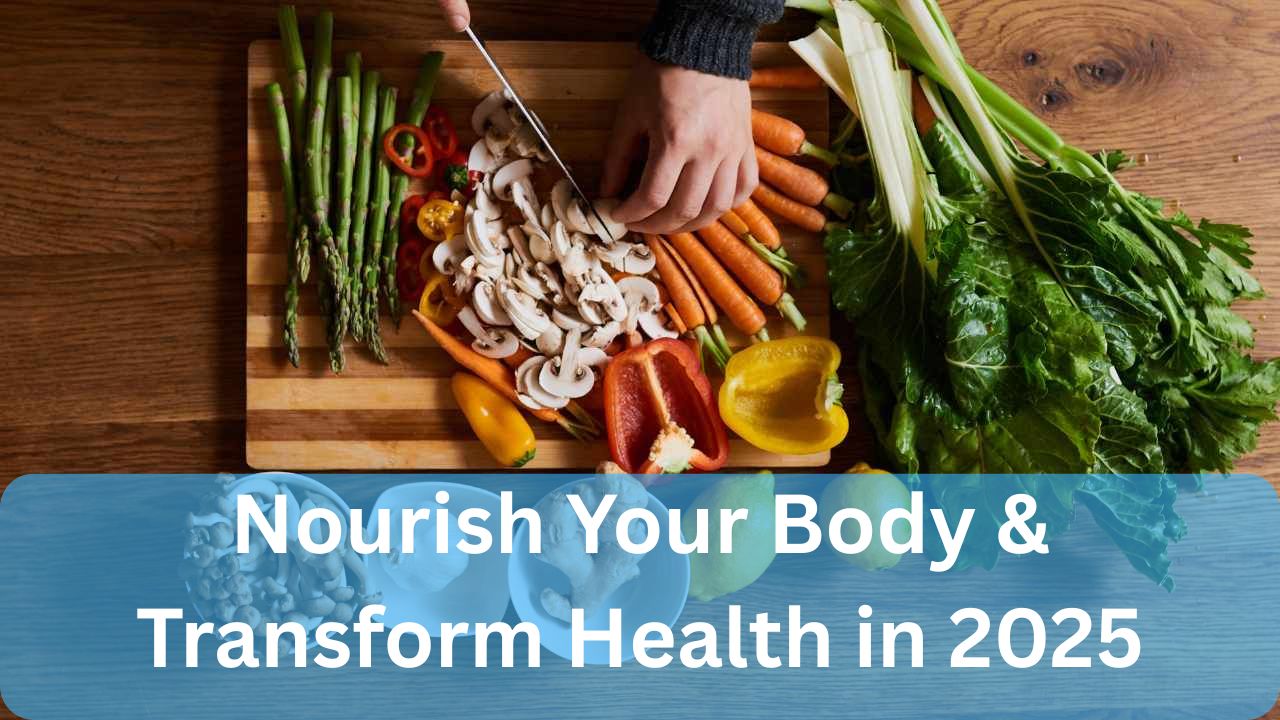In today’s fast-paced world, where processed foods dominate our diets, the concept of clean eating has emerged as a beacon for those seeking a healthier lifestyle. But what does clean eating truly entail, and how can it benefit you? This guide delves deep into the principles, benefits, and practical steps to embrace clean eating, ensuring you make informed choices for your well-being.
What is Clean Eating?
Clean eating revolves around consuming whole, unprocessed foods in their natural state. It emphasizes:
-
Whole Foods: Fruits, vegetables, whole grains, lean proteins, and healthy fats.
-
Minimal Processing: Avoiding foods with added sugars, preservatives, and artificial ingredients.
-
Mindful Consumption: Being aware of food sources and preparation methods.
According to Harvard Health, the foundation of clean eating is choosing whole foods and foods in their less processed states.
Benefits of Clean Eating
-
Enhanced Nutrient Intake: Whole foods are rich in essential vitamins and minerals.
-
Improved Digestion: High fiber content aids in digestive health.
-
Weight Management: Natural foods help regulate appetite and metabolism.
-
Reduced Risk of Chronic Diseases: Lower intake of processed foods decreases the risk of heart disease, diabetes, and certain cancers.
-
Better Mental Health: Nutrient-rich diets have been linked to improved mood and cognitive function.
The CDC highlights that healthy eating supports muscles, boosts immunity, and strengthens bones.
Principles of Clean Eating
Prioritize Whole Foods
Focus on foods that are as close to their natural state as possible. This includes:
-
Fresh fruits and vegetables
-
Whole grains like brown rice and quinoa
-
Lean proteins such as chicken, fish, and legumes
Limit Processed Foods
Avoid items with long ingredient lists, especially those containing:
-
Added sugars
-
Artificial preservatives
-
Trans fats
As per , it’s crucial to watch out for processed foods and limit added sugar.
Understanding food labels helps in making informed choices. Look for:
-
Short ingredient lists
-
Recognizable ingredients
-
Low sodium and sugar content
The USDA’s MyPlate offers tools to help consumers make healthy food choices.
Stay Hydrated
Water is essential for overall health. Aim for at least 8 glasses daily, and limit sugary beverages.
Implementing Clean Eating in Daily Life
Meal Planning
-
Breakfast: Oatmeal topped with fresh berries and nuts.
-
Lunch: Grilled chicken salad with a variety of colorful vegetables.
-
Dinner: Baked salmon with quinoa and steamed broccoli.
Smart Snacking
Choose snacks like:
-
Fresh fruit
-
Greek yogurt
-
Raw nuts and seeds
Dining Out
-
Opt for grilled over fried options.
-
Request dressings and sauces on the side.
-
Choose whole grain options when available.
Potential Challenges and Solutions
Time Constraints
Solution: Meal prep during weekends to save time during the week.
Budget Concerns
Solution: Buy seasonal produce and consider frozen fruits and vegetables, which retain nutritional value and are often more affordable. The Sun discusses how frozen foods can be both healthy and budget-friendly.
Cravings for Processed Foods
Solution: Find healthier alternatives and gradually reduce intake to adjust your palate.
Frequently Asked Questions
Q1: Is clean eating the same as dieting?
A: No, clean eating is a lifestyle choice focusing on whole foods, whereas dieting often involves calorie restrictions.
Q2: Can I indulge occasionally while following a clean eating regimen?
A: Yes, occasional indulgences are acceptable. The key is balance and moderation.
Q3: Are all processed foods bad?
A: Not necessarily. Some minimally processed foods, like frozen vegetables or canned beans, can be part of a clean diet.
Q4: How can I start clean eating?
A: Begin by incorporating more whole foods into your meals and gradually reducing processed food intake.
Conclusion
Embracing clean eating is a journey towards better health and well-being. By focusing on whole, unprocessed foods and being mindful of your choices, you can experience numerous health benefits and a more energized lifestyle.





